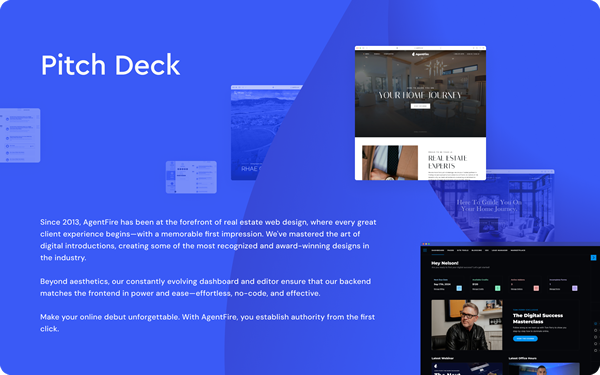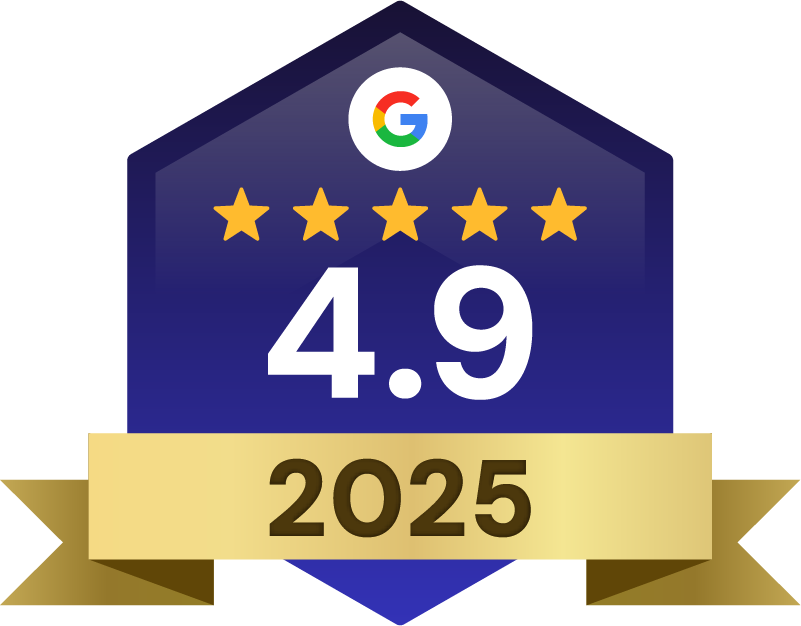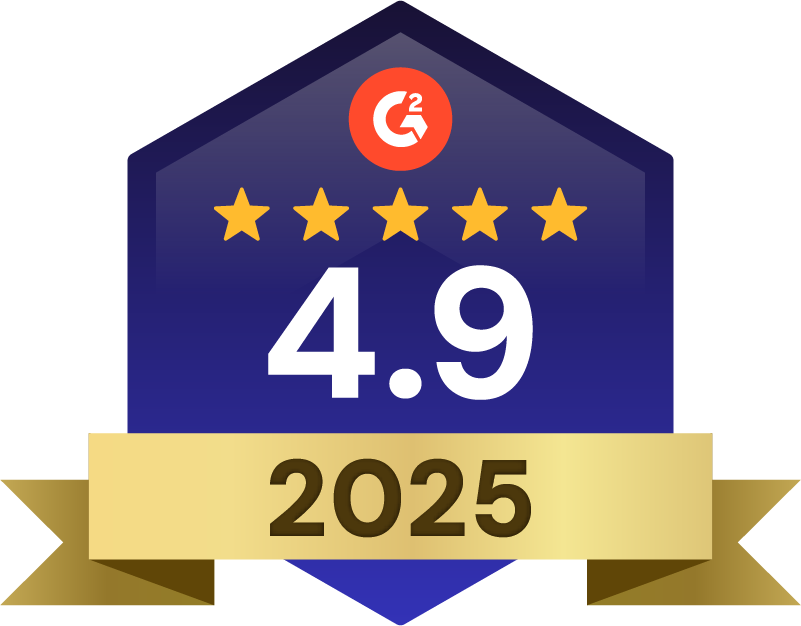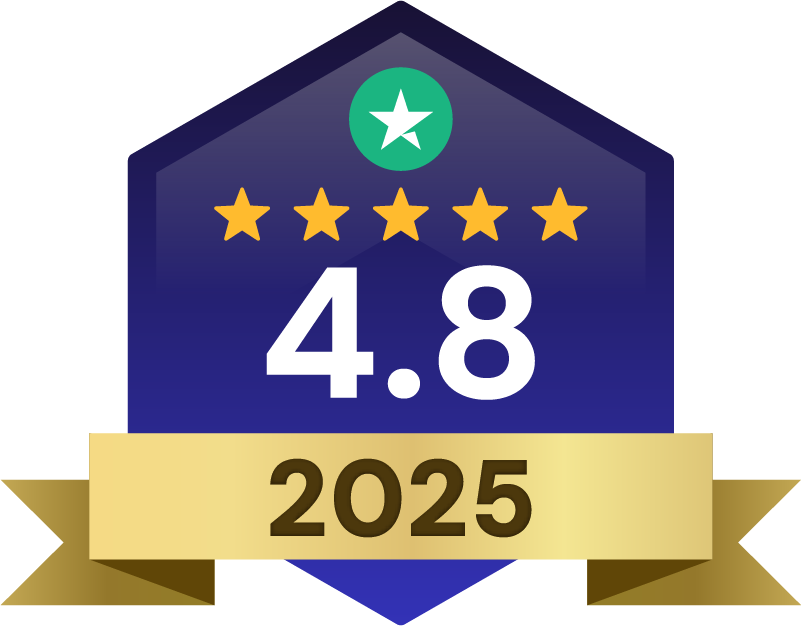Real estate content writing that attracts clients and builds trust. Learn how to write blogs, listings, and guides that support your sales goals.
Seller Tactics
Real estate content writing connects property professionals with buyers, sellers, and investors through clear, useful, and relevant information. It is used to explain processes, highlight opportunities, and position real estate professionals as reliable sources of insight.
This article explores how content writing works specifically in real estate. It outlines the types of content used, how it supports sales, and which tools help make it more effective.
The goal is to break down the process from strategy to execution—covering both the writing itself and how it fits into the larger marketing picture.
Why Real Estate Content Writing Matters
Real estate content writing creates written materials that support both real estate marketing and client education. It includes blog posts, neighborhood guides, market updates, and property descriptions. Unlike general content writing, real estate content focuses on local knowledge and specific property transactions.
According to the National Association of Realtors, 97% of homebuyers use the internet during their home search. Many begin with research-based content like neighborhood information and pricing trends before contacting an agent.
Content influences decisions at each stage of the buying journey:
- Awareness stage: Market updates and neighborhood guides help buyers understand options
- Consideration stage: Property comparisons and financing articles support decision-making
- Decision stage: Testimonials and listing details help finalize choices
Regular, quality content shows expertise and experience. When buyers compare multiple agents online, those with helpful content often get contacted first.
Key Types of Real Estate Content
Different content formats serve different purposes in real estate marketing. Each type helps connect with clients at various stages of their journey.
Property Descriptions
Property descriptions showcase homes and highlight their best features. These appear on listing websites, brochures, and social media.
A good property description includes:
- An attention-grabbing opening line
- 3-5 key features with specific details
- Location benefits and lifestyle information
- A clear call to action
Effective descriptions use specific language instead of vague terms. Compare:
- Weak: “Nice house with good features in a great area.”
- Strong: “Sun-bathed colonial with renovated kitchen, hardwood floors, and walking distance to Lincoln Elementary.”
Keep descriptions between 150-250 words and focus on what makes the property unique.
Blogs and Market Updates
Blogs and market updates educate clients and showcase your expertise. These longer pieces typically range from 500-1,500 words.
Popular real estate blog topics include:
- Monthly market statistics for your service area
- First-time homebuyer guides
- Home improvement and staging tips
- Neighborhood spotlights
- Seasonal buying and selling advice
Market updates translate data into useful insights. Include median home prices, days on market, and inventory levels with simple explanations of what these numbers mean for buyers and sellers.
Social Media Content
Social media posts are short, engaging pieces that drive traffic to your website or listings. Each platform has different content needs:
- Instagram: High-quality photos, short videos, and stories work best. Use location tags and real estate hashtags.
- Facebook: Longer posts, listing information, and market updates perform well. Facebook groups can help target hyperlocal audiences.
- LinkedIn: Professional content about market trends and industry insights connects with other professionals and investors.
Effective social posts include:
- A strong visual element
- Brief, conversational text
- A clear next step (link, contact information, etc.)
- Relevant hashtags and location tags
Email Campaigns
Email campaigns nurture leads and stay connected with past clients. These targeted messages deliver personalized content directly to interested readers.
Common real estate email types include:
- Weekly or monthly newsletters with market updates
- New listing alerts based on saved searches
- Homeowner tips and maintenance reminders
- Holiday and seasonal messages
- Home purchase anniversary emails
For best results, segment your email list by buyer type, location interest, and relationship stage. This allows for more relevant content that generates higher open rates.
How to Write Content That Drives Sales
Real estate content becomes more effective when it’s created with clear business goals in mind. These strategies help turn readers into clients.
Use a Brand-Consistent Voice
Your content should sound like you. A consistent voice builds recognition and trust with readers across all platforms.
To develop your brand voice:
- List 3-5 words that describe your approach (friendly, professional, detailed, etc.)
- Review your client conversations for phrases you use regularly
- Create a simple style guide with examples of your preferred tone
Examples of different real estate brand voices:
- Professional and data-focused: “Market analysis shows a 12% increase in median home prices this quarter.”
- Warm and supportive: “Finding your dream home shouldn’t be stressful. We’re here to guide you every step of the way.”
- Direct and efficient: “Three-bedroom ranch. New roof. Move-in ready. Schedule a showing today.”
Consistency matters more than which style you choose. When readers recognize your voice across different platforms, they develop familiarity and trust.
Include Clear Calls to Action
Every piece of content should guide readers toward a next step. This might be contacting you, downloading a guide, or visiting a listing.
Effective real estate CTAs include:
- “Schedule a showing this weekend”
- “Download our free home seller’s checklist”
- “See all available homes in [neighborhood]”
- “Get your home’s current value”
Place CTAs where they make the most sense—usually after providing valuable information. For longer content, include multiple CTAs throughout the piece.
Offer Hyperlocal Insights
Hyperlocal content focuses on specific neighborhoods, streets, or community features. This information is difficult to find on national websites and shows your specialized knowledge.
Valuable hyperlocal topics include:
- School district boundaries and ratings
- Neighborhood amenities and walkability scores
- Local events and community traditions
- Development projects and infrastructure updates
- Hidden gems like parks, restaurants, and shops
Research local information through:
- Community Facebook groups and Nextdoor
- City council meetings and planning documents
- School district websites
- Local business associations
- Personal neighborhood tours and photos
Including these details in your content helps buyers visualize living in the area and positions you as a true local expert.
SEO Tactics for Real Estate Writers
Search engine optimization (SEO) helps your content appear when potential clients search online. These basic tactics improve visibility without requiring technical expertise.
Target Local Keywords
Local keywords include geographic terms that potential clients use when searching. These help connect your content with people looking in your market area.
To find effective local keywords:
- Start with basic terms like “[city] homes for sale” or “real estate agent in [area]”
- Use free tools like Google’s Keyword Planner or AnswerThePublic to find related terms
- Look at what autofills when you type phrases into Google’s search bar
- Check competitor websites for terms they target
Include neighborhood names, school districts, and local landmarks in your content. These specific terms often have less competition and more qualified searchers.
Optimize Basic Page Elements
Simple on-page optimization makes your content more search-friendly:
- Page titles: Include your main keyword and location (e.g., “Affordable Homes in Riverside | 2025 Market Update”)
- Headings: Use H2 and H3 tags with relevant keywords (e.g., “Riverside School Districts” or “Downtown Condo Market Trends”)
- Meta descriptions: Write a compelling 150-160 character summary that includes your keyword
- Image names and alt text: Use descriptive file names and alt text for all photos (e.g., “riverside-colonial-front-porch.jpg”)
- Internal links: Connect related content on your website with descriptive link text
These elements help search engines understand what your content is about and who might find it useful.
Create Content Clusters
Content clusters group related articles around a central topic. This organization signals expertise to search engines and helps readers find related information.
For example, a neighborhood guide might serve as the main piece, with linked articles about:
- School information for that neighborhood
- Parks and recreation in the area
- Home styles commonly found there
- Recent sales data for the neighborhood
This structure keeps readers on your site longer and helps search engines recognize your depth of knowledge on specific topics.
Common Content Challenges and Solutions
Real estate professionals often face similar challenges when creating content. These practical solutions help overcome common obstacles.
Overcoming Writer’s Block
When you’re stuck on what to write, try these approaches:
- Answer common client questions: List questions you hear repeatedly from buyers and sellers, then answer one in each blog post
- Create seasonal content: Develop articles around seasonal events like “Spring Home Maintenance Tips” or “Holiday Home Selling Strategies”
- Repurpose existing content: Turn a market update into several social media posts or expand on a frequently asked question
A simple content calendar helps plan topics in advance. Even mapping out just one month of content topics can eliminate the “blank page” problem.
Managing Time Constraints
Most real estate professionals have limited time for content creation. These strategies make the process more efficient:
- Batch similar tasks: Write several property descriptions or social posts in one sitting
- Use templates: Create frameworks for common content types that you can quickly customize
- Set a regular schedule: Block 1-2 hours weekly for content rather than trying to find time sporadically
- Start small: Begin with one blog post monthly and one social post weekly, then increase as you develop a system
Quality matters more than quantity. Consistent, helpful content performs better than sporadic, rushed pieces.
Balancing Promotion and Education
The most effective real estate content provides value while subtly promoting your services. A good balance includes:
- 70% educational content (market updates, buying guides, neighborhood information)
- 20% promotional content (listings, testimonials, services)
- 10% personal content (team news, community involvement)
This approach builds trust and positions you as a helpful resource rather than just a salesperson.
DIY or Hire a Professional?
Creating real estate content can be done in-house or outsourced to professionals. Both approaches have advantages.
When to DIY Your Content
Writing your own content works well when:
- You have specific local knowledge that’s difficult to outsource
- Your personal voice and style are important to your brand
- You’re working with limited marketing funds
- You enjoy writing and have time to dedicate to it
DIY content creation tools include:
- Grammarly for checking spelling and grammar
- Canva for creating simple graphics
- Google Docs for collaborative editing
- Smartphone cameras for basic property and neighborhood photos
When to Hire a Professional
Professional writers or content agencies make sense when:
- You consistently struggle to find time for content creation
- Writing isn’t your strength or you don’t enjoy it
- You need a large volume of content quickly
- You want specialized formats like video scripts or property descriptions
When hiring a writer, look for:
- Experience with real estate content
- Familiarity with your local market (or willingness to research it)
- Samples that match your desired tone and style
- Clear pricing and delivery timelines
Professional content typically costs $100-300 per blog post or $300-1,000 monthly for ongoing services, depending on volume and complexity.
Bringing Your Strategy to Life
An effective content strategy requires the right tools and systems. These elements help connect your content with your broader marketing goals.
A well-designed real estate website serves as the hub for all your content. It should include:
- A blog section with categories for different content types
- Property listing pages with detailed descriptions
- Neighborhood guides and market information
- Clear contact information and lead capture forms
Content management systems like WordPress make it easy to publish and organize different types of content. Website platforms specifically designed for real estate, like AgentFire, include templates and features tailored to property marketing.
Analytics tools help track how your content performs. Basic metrics to monitor include:
- Website traffic from different content pieces
- Time spent on page
- Lead form submissions
- Social media engagement
- Email open and click rates
These measurements show which content resonates with your audience and helps refine your strategy over time.
Ready to implement your real estate content strategy? Book a demo to see how AgentFire can help you showcase your expertise and convert more leads.
FAQs About Real Estate Content Writing
What specific metrics show my real estate content is working?
Track website traffic, time on page, lead form submissions, and social shares. These metrics show if people are finding, engaging with, and taking action on your content.
How can I create content that stands out from other real estate agents?
Focus on hyperlocal information that only someone with deep local knowledge would know. Use original photos, share personal experiences with specific properties, and address questions your particular market is asking.
How often should I publish new real estate content?
Consistency matters more than frequency. A monthly blog post, weekly social media updates, and quarterly neighborhood guides maintained regularly will outperform sporadic content.
What’s the best content type for new real estate agents to start with?
Begin with neighborhood guides or market updates. These showcase your local knowledge, are valuable to clients, and can be created using publicly available information and your personal observations.
How do I repurpose real estate content efficiently?
Turn one piece of content into multiple formats. A neighborhood guide can become social media posts, email content, website pages, and even talking points for videos or presentations.








